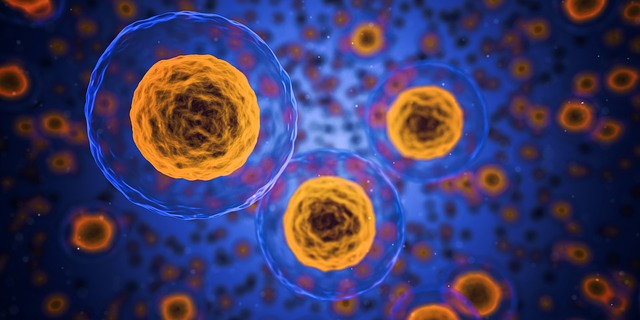
A broken heart can be mended after all.
Thanks to umbilical cords from newborn babies, the obtained stem cells were shown to have an amazing property to repair damaged hearts. The study was conducted by researchers from Universidad de los Andes in Chile.
Thirty patients were selected to take part in the trials. The pool was divided into two groups of 15; one group received the infusion of umbilical cord-derived stem cells while the other group received a placebo. MRI scans, echocardiography and other tests were then employed to monitor changes in the participants’ hearts.
The results are promising. Stem cells brought a 55-fold increase in Hepatocyte Growth Factor (HGF), a chemical known to repair heart cells and boost the immune system. The stem cell therapy was also linked to better quality of life and the side effect aspects, which are commonly found in blood transfusion patients were nowhere to be found. After a year of treatment, the stem cell patients’ hearts improved their pumping ability by up to four times!
“We are encouraged by our findings because they could pave the way to a non-invasive, promising new therapy for a group of patients who face grim odds,” said Fernando Figueroa, one of the authors of the study and a medicine professor at the University de los Andes.
Heart failure with reduced ejection fraction (HFrEF) is characterized by the heart’s insufficient capacity to pump blood throughout the body, causing symptoms like shortness of breath, coughing and ankle swelling. Hypertension, valvular heart diseases, cardiomyopathy (heart muscle disease), plaque buildup in blood vessels, and heart attacks are some of the cited causes.
Options for treatment are limited; diet, medication and lifestyle changes are staples but sometimes assisting devices and surgery are necessary in severe cases. Despite these approaches, around 50% of patients risking heart failure still die within five years from diagnosis. In developing countries, around 2% of the population suffers from the condition and the figure can go up to 10% in people 65 years and older.
“Standard drug-based regimens can be suboptimal in controlling heart failure, and patients often have to progress to more invasive therapies such as mechanical ventricular assist devices and heart transplantation,” added Jorge Bartolucci, lead study author and also a professor at the Chilean University.
Obviously, the prospect of a new stem cell therapy that can non-invasively repair a damaged heart is exciting news for millions of patients. Speaking of stems cells-stem cells can be described as “starting” cells that can morph into any type of cell in the body. They can be found in developing embryos (those formed 4-5 days after fertilization), in umbilical cords of newborn babies, and in some adult tissues like bone marrows. In fact, there have been previous studies done on bone marrow-derived stem cells, showing umbilical cord-derived cells have several advantages. One of them is that they can be obtained through non-invasive means and can be increased in numbers in vitro. Furthermore, bone marrow stem cells have a diminishing effect that is proportional to the age and comorbidity of the bone marrow’s donor.
It goes without saying that stem cell research could usher new and promising treatments for many conditions, including brain cancer and hair loss. That now could also include heart failure. If the Universidad de los Andes study gets validated on a larger clinical scale, it’ll most likely bring additional medical options for 37 million patients currently suffering from this awful condition worldwide.
“Albeit ours is a small series, only the (umbilical cord-derived stem cell) treated group exhibited significant improvements in left ventricular ejection fraction at 3, 6 and 12 months of follow-up, both by transthoracic echocardiography and cardiac magnetic resonance imaging,” wrote Bartolucci. “This suggests our patients might experience benefits regarding major clinical outcomes, although this observation requires verification in a larger phase 3 clinical trial.”
The full text of the study can be read in Circulation Research, the journal of the American Heart Association.
- Bulenox: Get 45% to 91% OFF ... Use Discount Code: UNO
- Risk Our Money Not Yours | Get 50% to 90% OFF ... Use Discount Code: MMBVBKSM
Disclaimer: This page contains affiliate links. If you choose to make a purchase after clicking a link, we may receive a commission at no additional cost to you. Thank you for your support!

Leave a Reply